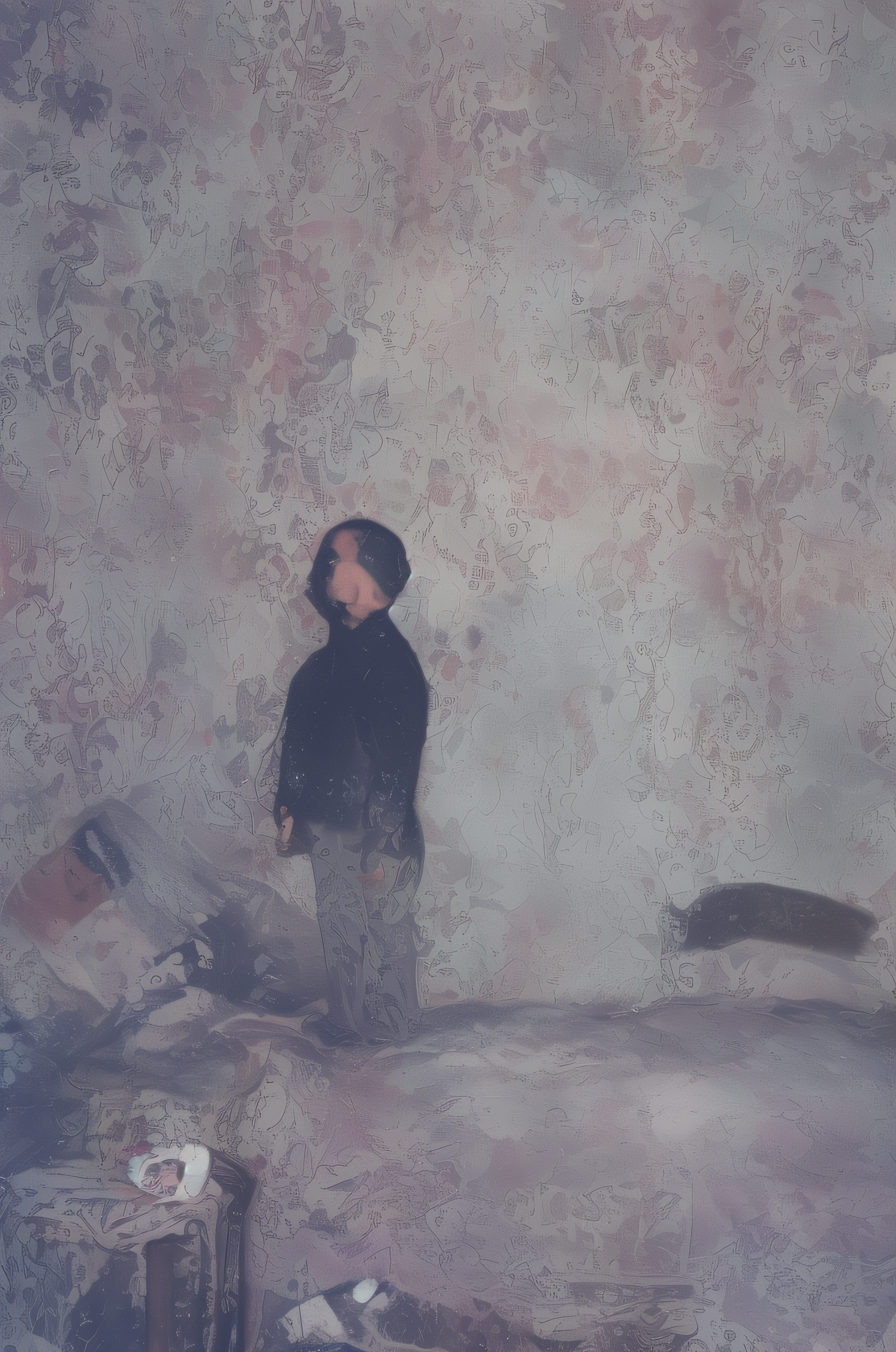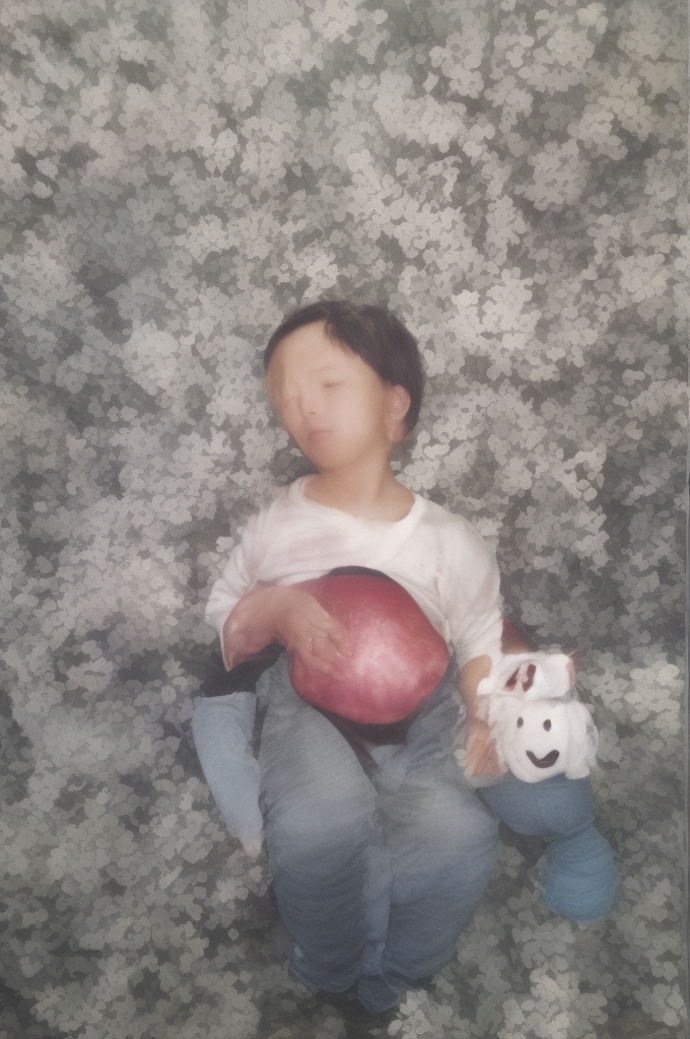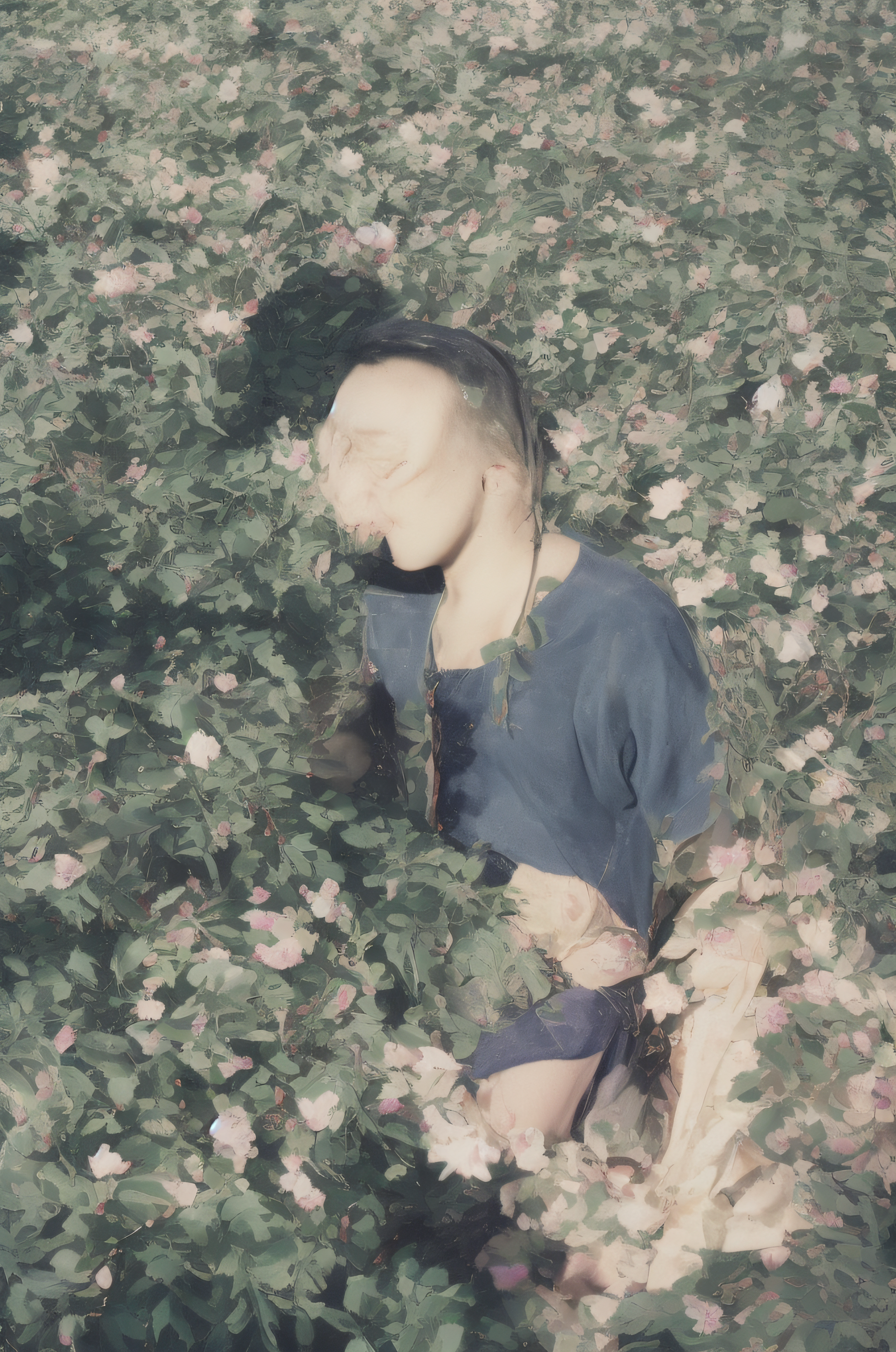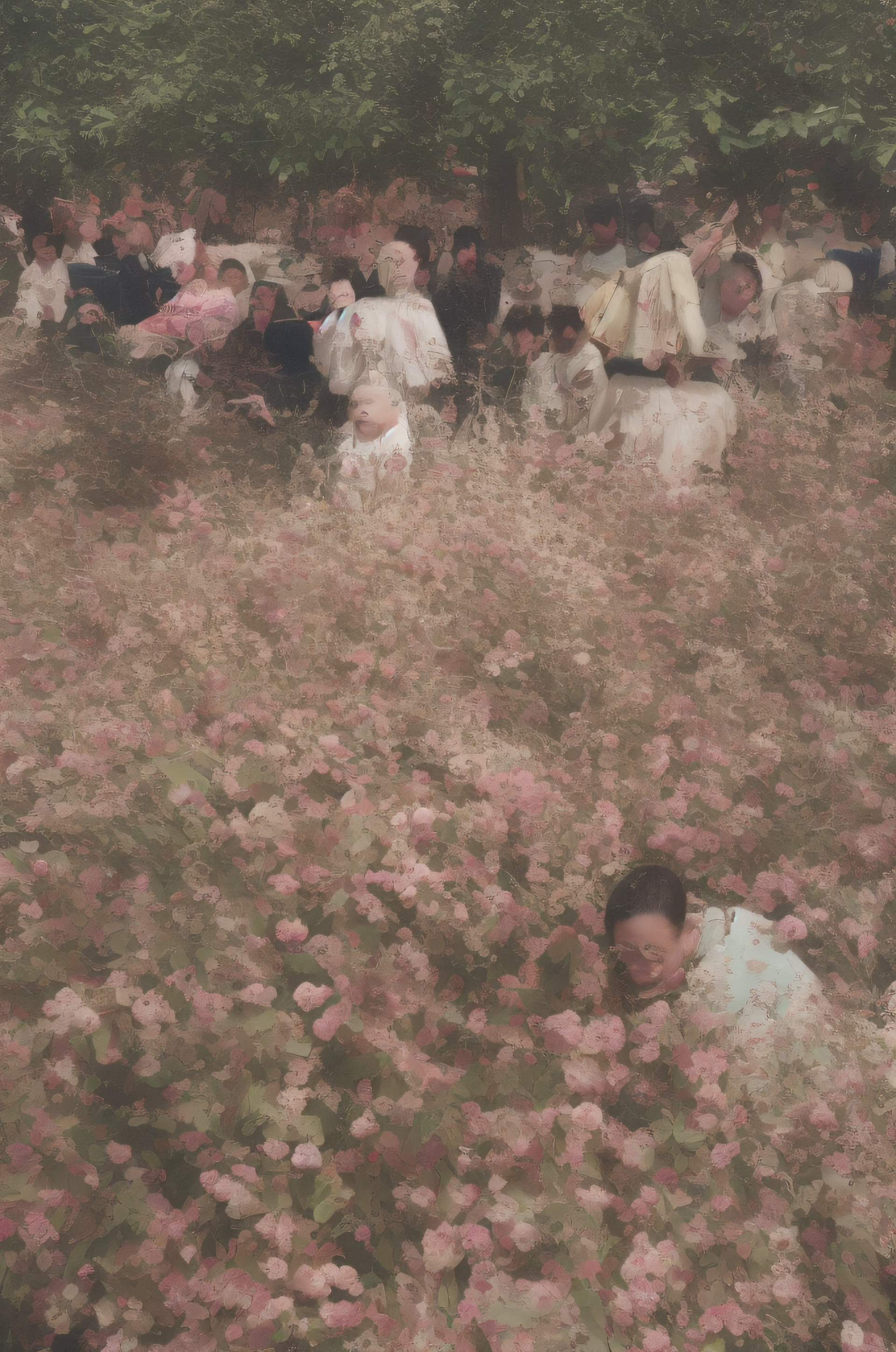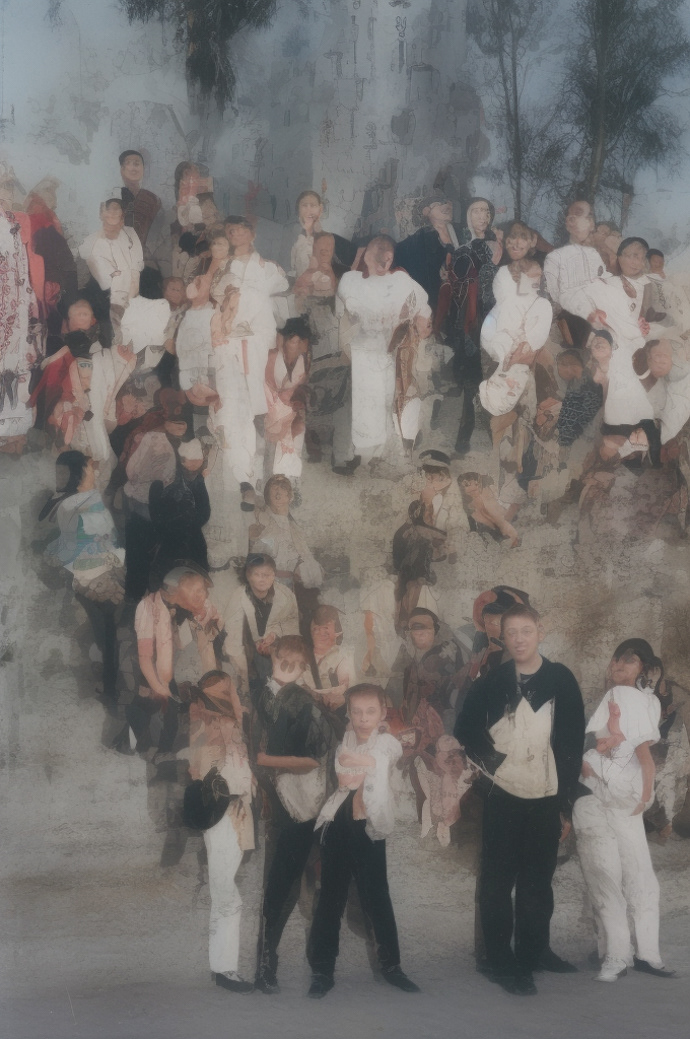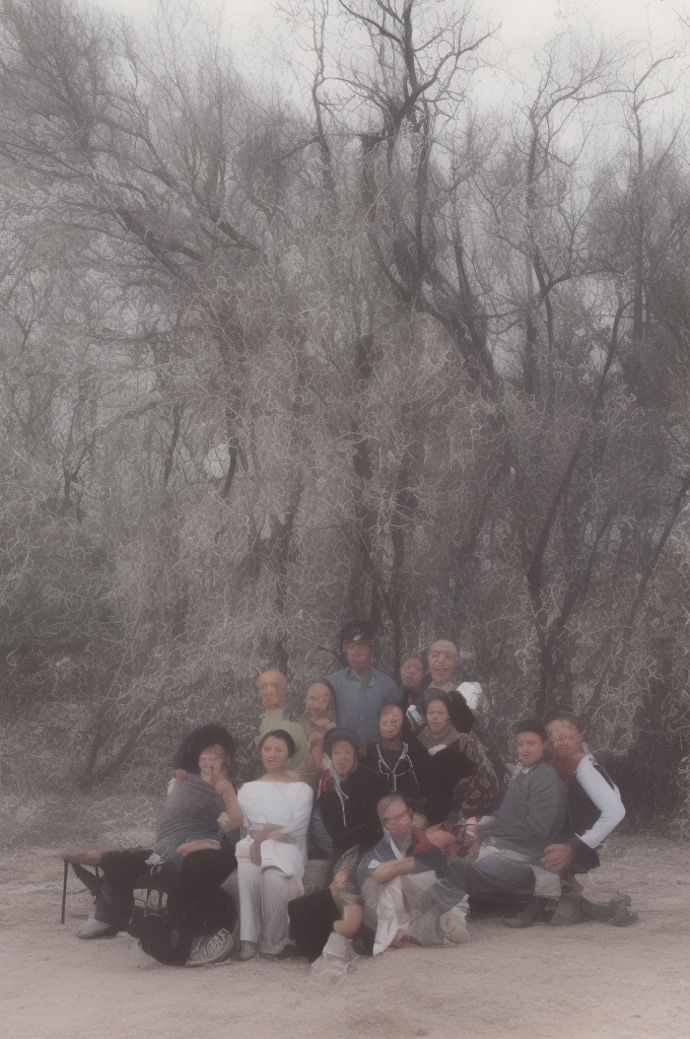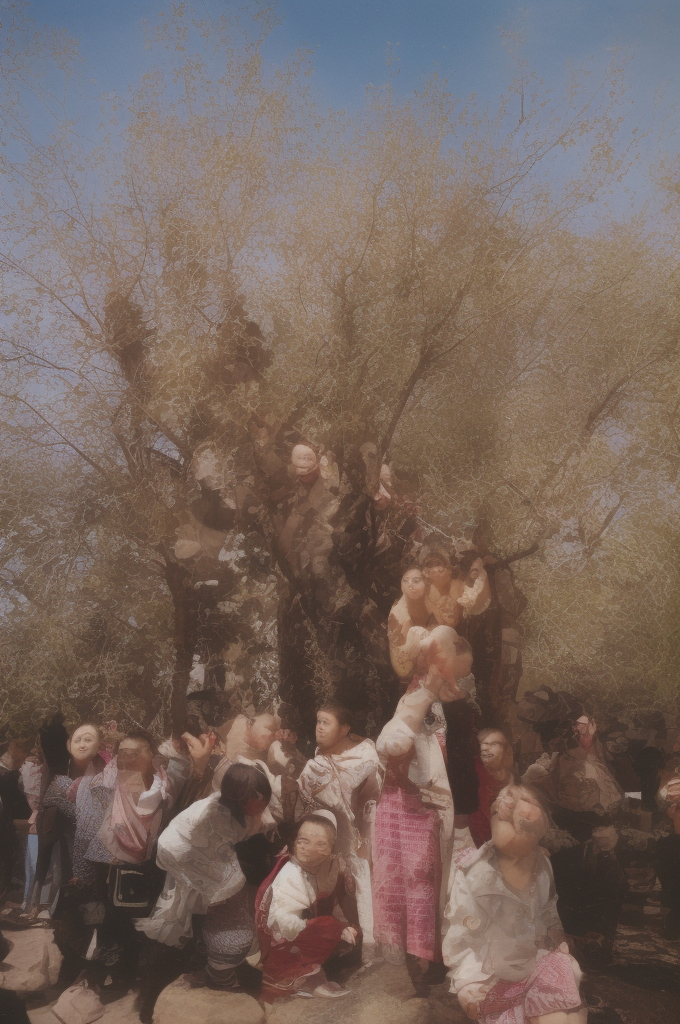Can Generative AI, a tool rooted in computational probabilities, resurrect the ephemeral emotions that photography has overlooked and concealed?
As I revisit my childhood through the family photo albums, I am struck by the curated narrative they present—one of unblemished joy and carefree innocence. Yet, reality is always more complex. The selective preservation by my family creates a mythology of the past that feels simpler, happier, and more idyllic than it might truly have been. These photographs tell my story, but one recorded without my curation. Some emotions, deeply etched in my memory, remain absent from these visual records—moments of melancholy, confusion, and introspection that were never captured by the lens. To explore these lost emotions, I’ve turned to AI. Using my childhood photographs and images of my hometown as a dataset, I trained a diffusion model to reimagine these moments. The learning process deliberately introduces "noise" to the original images, fragmenting and eroding their original forms before reconstructing them anew. This process of deconstruction and reassembly mirrors my own act of reinterpreting my past. It aims to discover what lies in the gaps—the emotions and nuances that were invisible to the camera yet linger within me. My artistic practice intervenes in this generative cycle, transforming the eroded and reconstructed images into visual manifestations to reconcile memory and photography. Through these reconstructed images, I invite viewers to confront their own gaps in memory, to feel the tension between what is remembered and what is left unsaid. By using AI to resurrect forgotten or concealed emotions, I challenge photography's narrative power, proposing a dialogue between human memory and machine intelligence to uncover the emotions that make us profoundly human.
